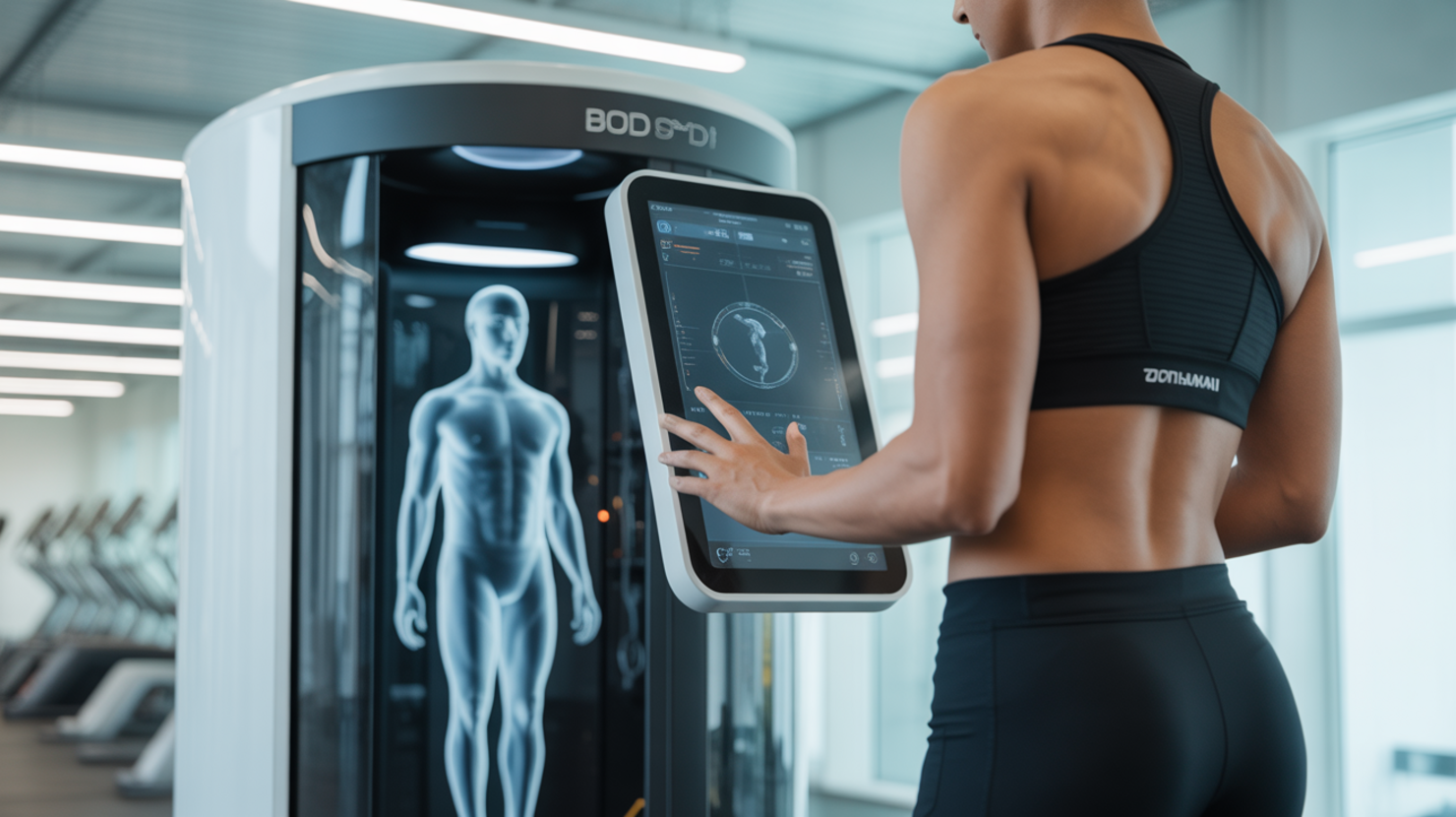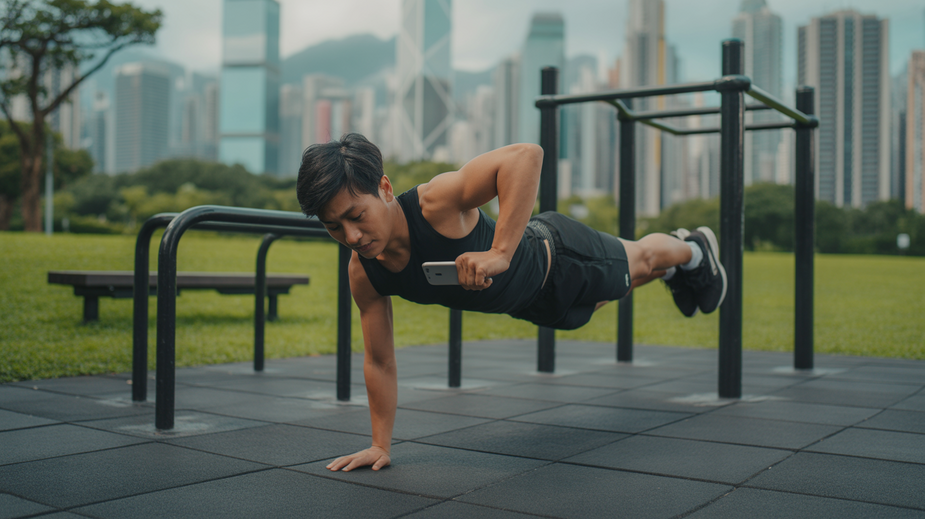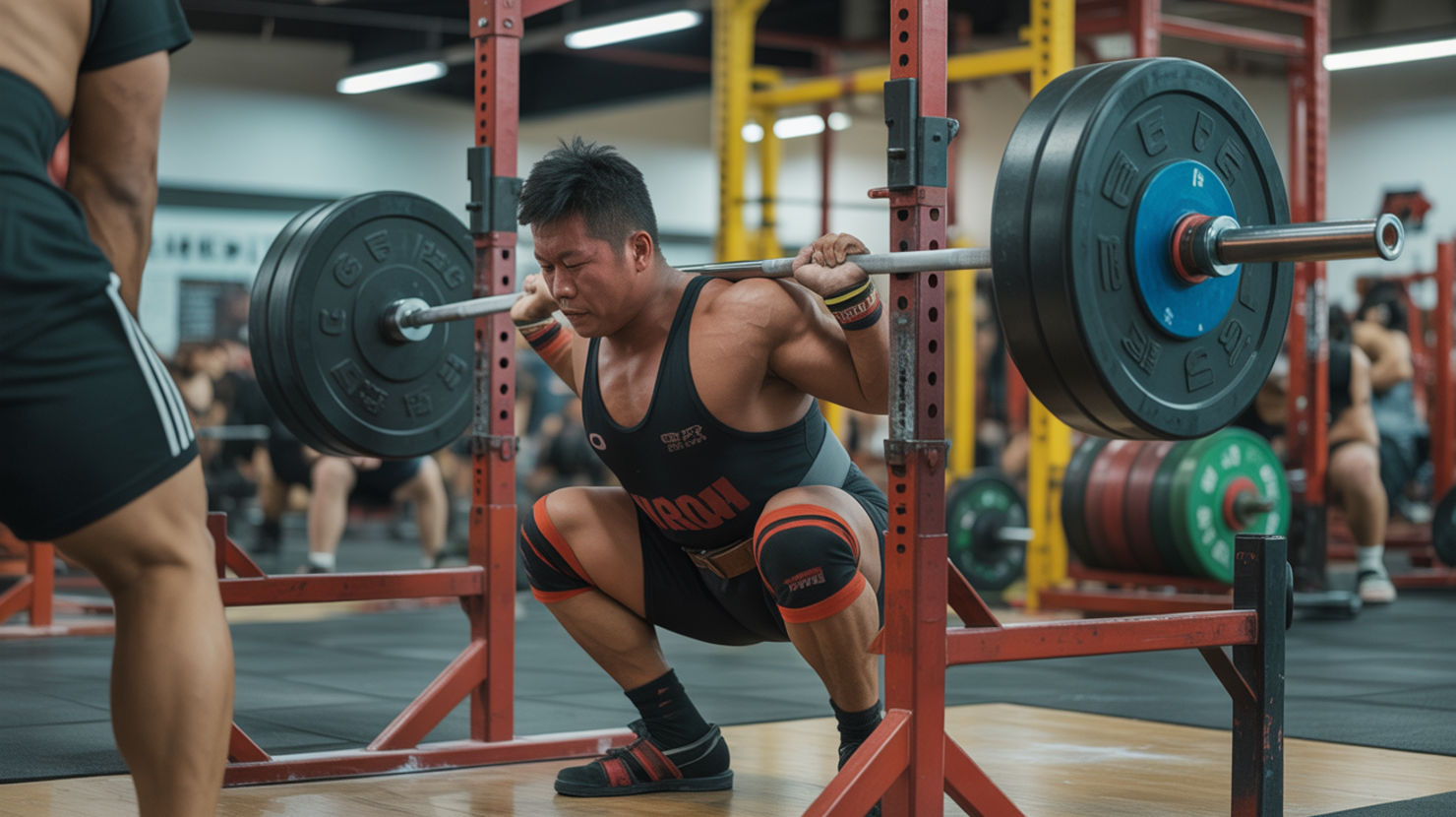The pursuit of strength and fitness is booming in urban centers across Asia. As city populations grow and interest in disciplines like powerlifting increases, gyms, especially during peak hours, are becoming incredibly crowded spaces. While this energy can be motivating, it also brings a significant challenge: a growing safety crisis.
One of the most critical issues is the sheer overcrowding experienced in many facilities during peak workout times. Machines are occupied, weights are scattered, and space around lifting platforms can be limited. For powerlifters attempting heavy squats, bench presses, or deadlifts, maintaining focus and executing movements safely requires ample personal space and situational awareness. The presence of many people moving around in close proximity dramatically increases the risk of accidents, collisions, or simply being distracted at a crucial moment during a lift.
Compounding this problem is the often limited availability of human spotters. In a busy gym, finding someone reliable and experienced to spot heavy lifts can be difficult. Gym staff are often busy with multiple duties, and relying on fellow gym-goers can be risky – they may lack experience, be preoccupied, or not understand the specific requirements of powerlifting spotting. This leaves many powerlifters attempting maximal or near-maximal lifts solo, greatly increasing their vulnerability should they fail a rep.
This combination of factors – overcrowding, lack of dedicated spotters, and the tendency towards solo lifting – is unfortunately leading to rising injury rates among powerlifters. Failed lifts without adequate support can result in serious harm, from dropped barbells causing impact injuries to trainees getting pinned under weight leading to strains, sprains, or worse. Ensuring a safer environment for strength athletes in these bustling urban settings is becoming an urgent necessity.
How AI Spotter Systems Redefine Gym Safety
In bustling urban gyms, especially during peak hours, relying solely on human spotters can be challenging. This is where advanced AI spotter systems are stepping in, fundamentally transforming the safety landscape for powerlifters. These intelligent systems don’t just passively observe; they actively monitor lifts and provide crucial support, effectively bridging the gap when a human spotter isn’t available or sufficient. They offer a layer of protection that significantly reduces the risk of injury during solo heavy lifting sessions, making environments like crowded Asian gym facilities safer for everyone pursuing strength goals.
A core capability of these systems is real-time barbell path monitoring. Utilizing sophisticated sensors integrated into racks or equipment, the AI continuously tracks the movement, speed, and angle of the barbell throughout the entire lift – from setup to completion. This precise monitoring allows the system to understand the lift’s progress and detect deviations from a safe or intended path almost instantaneously. This level of constant vigilance far exceeds human capacity, ensuring no critical moment is missed during a strenuous set and providing a critical safety net even when training alone.
One of the most critical safety features is the ability to provide instant spotting alerts for failed lifts. If the AI detects signs of struggling, slowing movement, or a complete stall – clear indications of a potential failed attempt – it triggers immediate safety protocols. This could involve auditory alarms, visual cues, or, in more advanced setups, activating emergency safety mechanisms like automated catches. The speed of response is paramount; milliseconds can make the difference between successfully racking the weight or being trapped under it, and AI systems can react far quicker than a human observer, significantly mitigating risk.
Furthermore, these systems often incorporate sophisticated weight distribution analysis algorithms. By analyzing how the weight is balanced on the bar and how that balance shifts during the lift, the AI can identify potentially dangerous imbalances or form breakdowns that might not be immediately obvious to the lifter or a human observer. This analytical capability not only prevents accidents by warning of instability but also provides valuable feedback for improving lifting technique over time. Together, these features create a robust safety net, redefining what is possible for solo training in challenging, high-traffic gym environments.
Core Technologies Behind Automated Spotting
Achieving reliable, real-time spotting without a human requires more than just a simple sensor. The automated spotter systems now emerging in the fitness world are built upon a foundation of sophisticated technologies working in concert. Understanding these core components reveals just how precise and responsive these safety nets can be, especially in dynamic environments like a crowded gym in Asia.
Key technologies include:
- 3D motion capture cameras: Positioned strategically, these cameras track the movement of the barbell and lifter in three dimensions at high frame rates, providing precise positional data.
- Machine learning models: These algorithms process the motion data, trained on vast datasets to recognize patterns indicating struggle or imminent failure, predicting issues *before* complete failure occurs.
- Emergency brake system integration: When failure is predicted, an instant signal engages a mechanical or electronic braking mechanism built into the rack or platform, safely catching the barbell.
Together, 3D motion capture, machine learning, and integrated emergency brakes form a robust chain of safety. The cameras provide the eyes, the machine learning models provide the intelligence to interpret what is seen and predict danger, and the brake system provides the physical intervention. This combination creates a dynamic safety buffer that can react faster and more consistently than a human spotter in many critical failure scenarios, significantly enhancing safety for solo powerlifters focusing on heavy lifts.
Space-Efficient Solutions for Compact Facilities
Many urban gyms in Asia face a common challenge: limited space. During peak hours, these facilities can become quite crowded, making traditional spotting methods difficult and sometimes impractical. Implementing advanced safety technology like AI spotter systems requires careful consideration of the physical environment. Fortunately, system designers have developed innovative approaches specifically tailored for space-constrained settings.
Space-efficient solutions for AI spotting include:
- Ceiling-mounted sensor arrays: These non-intrusive sensors are installed overhead, keeping the gym floor clear and maximizing available workout area while accurately tracking movement from above.
- Multi-lifter tracking in tight spaces: Sophisticated AI algorithms enable the system to simultaneously track multiple lifters within the same general zone, even when they are close to each other, vital for gyms operating at high capacity.
- Modular systems for retrofitting old gyms: Designed for easier installation into existing power racks and platforms, these units make AI safety technology accessible to older or more traditional gyms without requiring extensive, costly renovations.
These design considerations offer practical and scalable solutions for gym owners looking to enhance safety within their current footprint, allowing older or more traditional gyms to upgrade their safety protocols.
Performance Benefits Beyond Injury Prevention
While AI spotter systems are primarily celebrated for their ability to drastically enhance safety in bustling gym environments, their value extends far beyond preventing injuries. These intelligent platforms offer significant advantages that directly contribute to a lifter’s performance and progress, transforming the lifting experience from merely safe to actively optimized.
Beyond safety, AI spotters offer several performance benefits:
- Real-time form correction feedback: Utilizing computer vision and motion capture, AI analyzes movement patterns, identifies deviations from proper form (like knee valgus or a rounded back), and provides instant feedback, helping athletes refine technique on the spot.
- Personalized load progression analytics: By tracking every set, rep, and weight over time, systems accumulate performance data to analyze trends, identify weaknesses, and suggest optimal weight increases or adjustments based on individual performance trajectory and recovery patterns. This data-driven approach aids progressive overload.
- Spotter confidence metrics: Knowing that a vigilant, error-free system is monitoring the lift and ready to intervene instantly instills higher spotter confidence. This psychological assurance allows powerlifters to push their limits more safely, attempt heavier weights, or train closer to muscular failure.
These advantages help lifters break plateaus, consistently challenge themselves effectively, and ultimately achieve better performance outcomes.
Cultural Adoption Challenges in Asian Markets
Introducing cutting-edge technology like AI spotter systems into established environments, especially in densely populated urban areas across Asia, isn’t solely about the tech itself. It also involves navigating significant cultural and practical adoption hurdles. These challenges must be addressed proactively for successful integration and widespread acceptance within the fitness community.
Key cultural and practical challenges include:
- Trainer job security: There is apprehension that automated systems might replace human spotters and trainers. Positioning AI spotters as safety augmentations that handle high-risk tasks, freeing trainers for higher-value activities like coaching and relationship building, is crucial.
- Equipment maintenance literacy: Gym staff require proper training on basic operation, troubleshooting, and routine maintenance of complex AI systems to ensure reliability. Investment in training programs and technical support is necessary.
- Balancing tech costs with membership fees: High upfront investment costs for AI systems must be justified through increased safety and appeal without deterring members in price-sensitive markets through drastically increased fees. Gym owners must analyze ROI and communicate value.
Addressing these socio-economic and operational factors is just as critical as the technology itself for the successful integration of AI safety solutions.
Next-Gen AI Safety Ecosystems for Strength Sports
The future of safety in strength sports extends far beyond the immediate reaction of a traditional or even AI-powered spotter. We are witnessing the emergence of sophisticated AI safety ecosystems that integrate multiple data streams to create a truly proactive and comprehensive safety net for athletes. This evolution moves from reactive spotting to preventative analysis and verifiable safety protocols.
Components of next-gen AI safety ecosystems include:
- Integration with smart weightlifting platforms: Seamless communication between platforms (measuring force, speed, power) and AI spotters (bar path, form) provides integrated data for a deeper understanding of lift dynamics.
- Predictive fatigue analysis: Utilizing combined data streams (platforms, AI spotters, wearables), systems analyze patterns to anticipate technical breakdown or physical failure *before* the next rep, providing warnings or suggesting adjustments to proactively prevent dangerous situations.
- Blockchain-based safety certification tracking: A secure, immutable ledger records equipment maintenance, sensor calibration, and staff training completion, providing a verifiable history and auditable proof that safety standards are met and maintained across the facility and its technology, stored on a secure ledger.
Together, these integrated technologies form a robust, data-driven AI safety ecosystem. They represent a significant leap forward, offering strength athletes and gym operators a more intelligent, proactive, and trustworthy environment for pursuing their goals safely.











